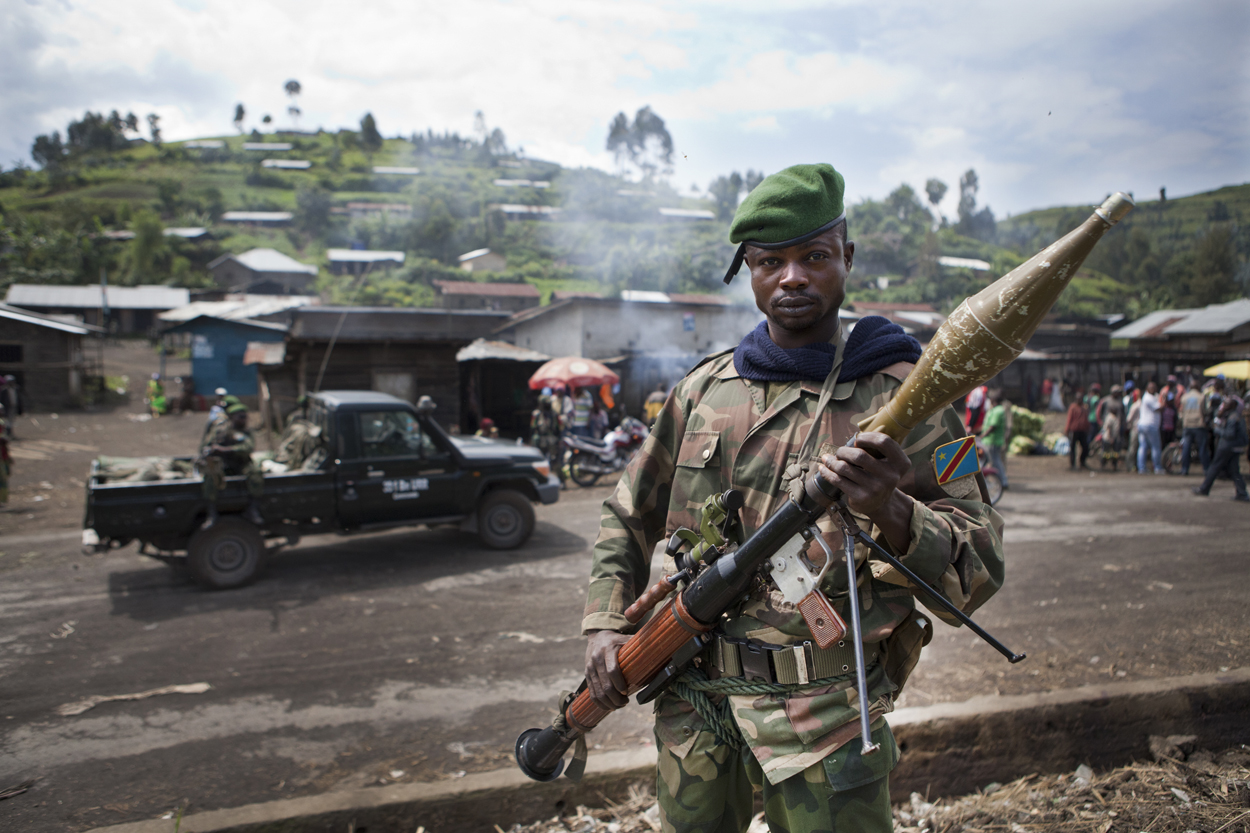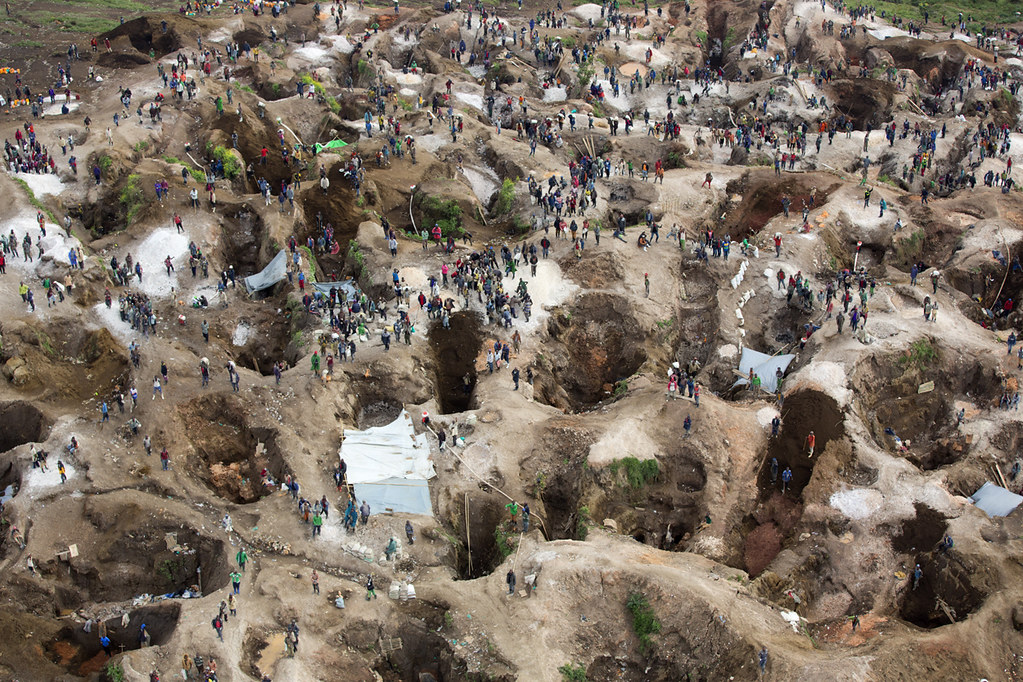M23 returned to the eastern DRC in 2022
A decade after its was driven out, it has remerged with stronger incentives to dig in and more robust backing from Rwanda

FARDC soldiers deployed in Kibumba, last position before entering into M-23 controlled zone, the 1st of September 2012.
Image: MONUSCO/Sylvain Liechti CC BY-SA 2.0 , Via Flickr
Goma, on the edge of the idyllic Lake Kivu, is the capital of the North Kivu Province. This eastern region of the Democratic Republic of Congo has been the centre of Ethnic violence since the Rwandan Genocide in 1994, and the front of the Second Congo war from 1998 to 2003. It was once held by M23 in 2012, and government spokespeople have confirmed its recapture today./p>
M23 is the abbreviation of the March 23 Movement. It is a Tutsi-led military group formed in 2012. It was formed from the remnants of the CNDP (Congrès national pour la défense du peuple) and held a resource-rich patch of land in the Eastern Congo between lake Kivu and Edwards. M23 disbanded following its defeat at the hands of the Congolese army with help from its allies in the South African Development Community (SADC), expedited by waning support from Kampala.
M23 Resurfaced in 2022, displacing hundreds of thousands. It regained much of its former territory, helped by up to 4,000 Rwandan troops according to a UN report.
East Congo is rich in tungsten, tantalum, tin and gold. Key materials needed for capacitors, electronics and automobile manufacture. Rebels in Easten DRC occupy many of these mines, profiting by forcing the local population to work and smuggling the ore to neighbouring countries where they are exported. Thus, entering the supply chains of household brands. In France and Belgium, the DRC’s lawyers have filed criminal complaints against Apple subsidiaries over the use of conflict minerals.

Luwowo Coltan mine near Rubaya, North Kivu the 18th of March 2014.
Image: CC BY-SA 2.0, Via Flickr
The extent to which the access to mineral wealth is the end in of itself for M23 is debateable. M23 justifies its renewed offensive, claiming that it is protecting the Tutsi minority in the area from the Hutu military group FDLR, formed by Hutu refugees fleeing Rwanda.
What is certain is that the mineral exploitation is staggering. Around a third of total Rwandan exports are gold, despite not having any gold mines, and since 2022, Coltan (tantalum) exports have increased by 49.8%.
Paul Kagame, the president of Rwanda, styles himself as an African Lee Kwan Yew. His domestic successes have been massive, Rwanda has been growing at around 8% since he became president in 2000 and is a nexus for investment in the region. However, unlike Yew, Kagame's has an additional asset in the efficiency of his military. He has deployed this through M23 to provide Rwanda with a buffer zone between them, FDRC and other rebels in the area. Rwanda's small geographic size and therefore minimal strategic depth makes this a key objective for Kagame.
Goma's capture is a watershed moment. M23 broke through positions held by UN and Congolese forces following rapid expansion of its territory in the preceding weeks. The ease with which it has seized population centres shows the extent of its military resources and the widening of its aims from solely economic.